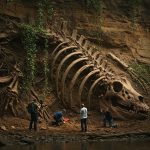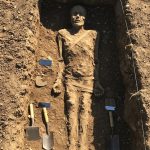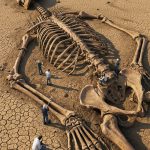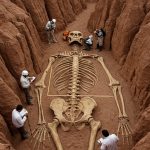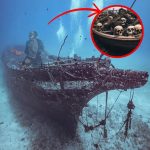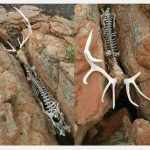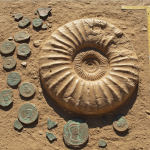Beneath the Ashes: Coexistence Amid Catastrophe
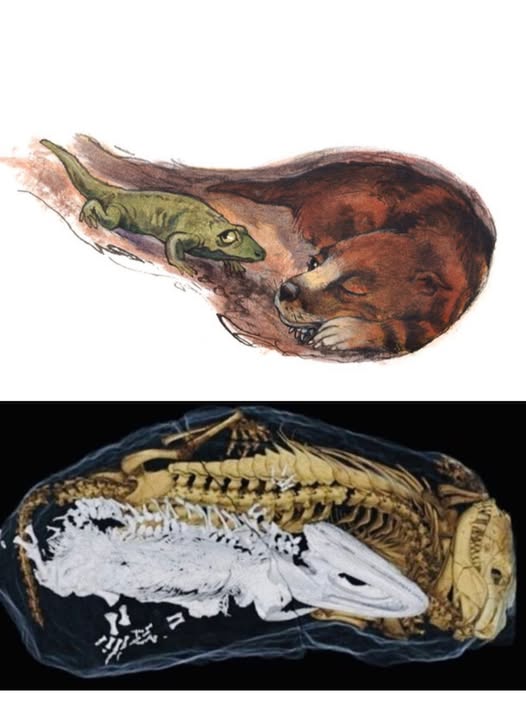
In the aftermath of the catastrophic Great Dying, which wiped out most of Earth’s life around 252 million years ago, a remarkable story of survival unfolded beneath the soil. As paleontologists delve into ancient terrains, they have uncovered the fossilized remains of two extraordinary creatures—Broomistega, a wounded amphibian, and Thrinaxodon, a small mammal ancestor—sharing the same burrow. This discovery offers a poignant narrative that transcends mere survival; it reveals a rare instance of coexistence in a time of unparalleled upheaval.

What makes this find truly extraordinary is not conflict, but the apparent harmony between these two species. While Broomistega bore broken ribs and puncture marks from an unknown source, the evidence did not align with Thrinaxodon’s teeth, suggesting that these two creatures did not engage in predatory behavior against one another. Instead, they seemed to have lived together in a sanctuary of sorts, perhaps finding solace in one another’s presence during an age rife with chaos and uncertainty. This unique relationship challenges our preconceived notions of survival, inviting us to reconsider how different species might navigate adversity through cooperation and shared spaces.
The peaceful cohabitation of Broomistega and Thrinaxodon was abruptly interrupted when a sudden muddy flood sealed their fate. This catastrophic event preserved their moment of rest together, creating a haunting fossil snapshot that captures not just survival, but an intimate glimpse of compassion—or at least coexistence—in the face of extinction. The preservation of their remains in such a manner raises profound questions about the nature of relationships between species in times of crisis.
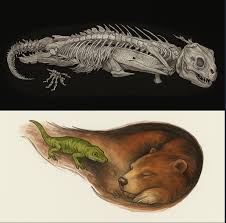
This discovery serves as a powerful reminder that even during Earth’s darkest chapters, life can manifest in unexpected ways. It underscores the resilience of life and the intricate web of connections that can exist between vastly different organisms. The story of Broomistega and Thrinaxodon is not merely one of survival; it is a testament to the potential for empathy and understanding in the natural world.
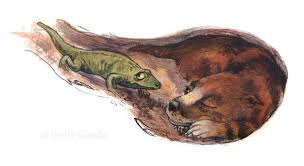
In conclusion, the fossilized remains of these two ancient creatures offer a compelling narrative that enriches our understanding of prehistoric life. They challenge the conventional view of nature as a brutal arena for survival, suggesting instead that coexistence and mutual support can thrive even amid devastation. As we continue to explore these ancient habitats, we are reminded that the echoes of compassion reverberate through time, illuminating the complexities of life on Earth and the enduring spirit of survival.
